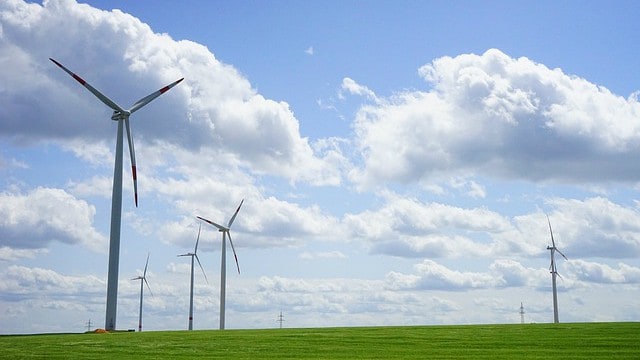The push to cleaner renewable sources of energy continues to gain momentum globally, despite Trump’s repudiation of the Paris Climate Change agreement. While investment in renewable energy during 2017 declined by 7% year over year, it still came to a notable US$318 billion. Much of that investment occurred in developing nations where countries such as China, Brazil, and Argentine led investment growth in clean energy.
In fact, from 2016 to 2017, China alone expanded investment in renewables by 31% to a record US$127 billion. There is every sign that spending on renewables will keep expanding, which — along with the Paris Climate Change agreement — will act as a powerful tailwind for renewable energy utilities like Algonquin Power & Utilities (TSX:AQN)(NYSE:AQN).
Now what?
Algonquin is a diversified utility which owns a portfolio of regulated and non-regulated generation, distribution, and transmission assets. It reported some solid second-quarter 2018 results, including a 9% year-over-year increase in adjusted EBITDA as well as a remarkable 86% increase in net earnings attributable to shareholders.
Those impressive results were driven by increased electricity production at Algonquin’s gas-fired plants, which generated US$6.6 million for the quarter. The addition of two new operations — the U.S. Deerfield Wind facility, which was acquired in March 2017, and the commissioning of the 75 megawatt (MW) Great Bay Solar facility — added a further US$9.9 million.
Algonquin’s Liberty Utilities Group business, which operates a range of water, gas, and electricity transmission assets also helped to boost earnings because of higher electricity and gas transmission volumes.
Earnings will grow further over the remainder of 2018 because the 75 MW Amherst Island Wind Project, in which Algonquin’s Liberty Power Group owns a 50% interest, was completed during the quarter. The company has the option to purchase the other 50% before mid-January 2019.
Algonquin is also in the process of constructing the 10 MW Turquoise Solar Project located in Nevada, which is forecast to be mechanically complete by 2019. It also has a portfolio of projects with over 1,450 MW of capacity under development. As those projects are competed and commissioned, they will further boost earnings.
The utility has also entered a joint venture with Spanish renewable energy company Abengoa S.A., which will expand its activities beyond North America and generate additional earnings. As part of that deal, Algonquin purchased a 25% equity interest in Atlantica Yield plc, a listed subsidiary of Abengoa, for US$608 million. This gives it around 25 million Atlantica shares and the right to receive Atlantica’s annual dividend of US$0.31 per share, which adds around US$7.7 million in additional income annually.
Because of that agreement, Algonquin has the opportunity to develop a 205-mile, 220-KV electricity transmission development project in southeast Peru. The company expects to make a decision during the third quarter 2018 on whether it will proceed with developing that project, which was originally being pursued by Abengoa but was put on hold because of its financial difficulties.
So what?
Algonquin is an attractively valued means of playing the secular trend to renewable energy globally. That trend — along with the Paris agreement on climate change — will act as a powerful tailwind for the company. The recent deal with Abengoa gives Algonquin a solid launch pad to expand its operations internationally, which, given the fact that several emerging economies are leading investment in renewables, will act as a powerful growth catalyst. While investors wait for this to translate into higher earnings and ultimately market value, they will be rewarded by Algonquin’s sustainable dividend yielding a tasty 4%.









